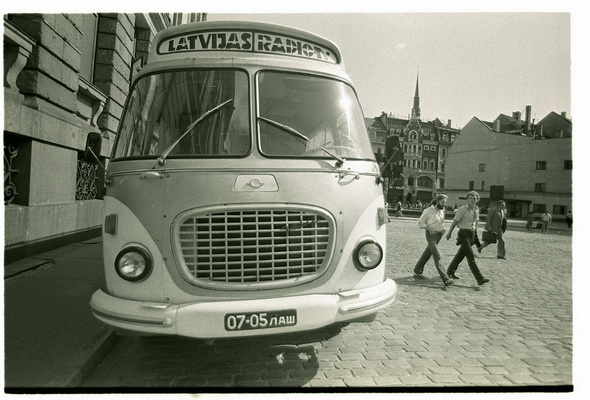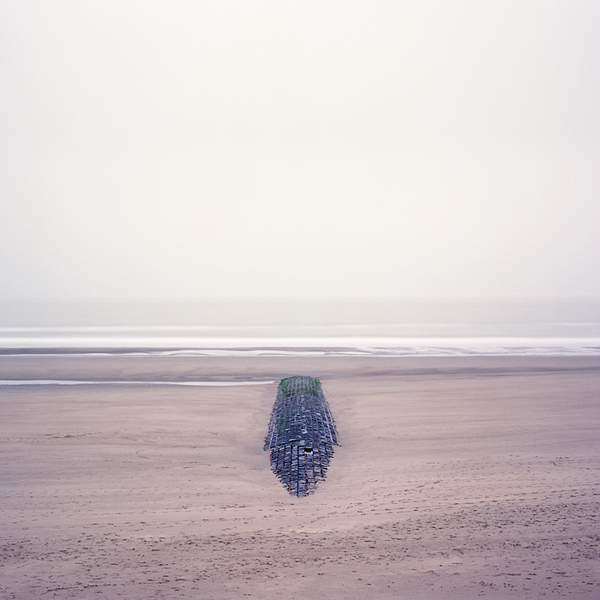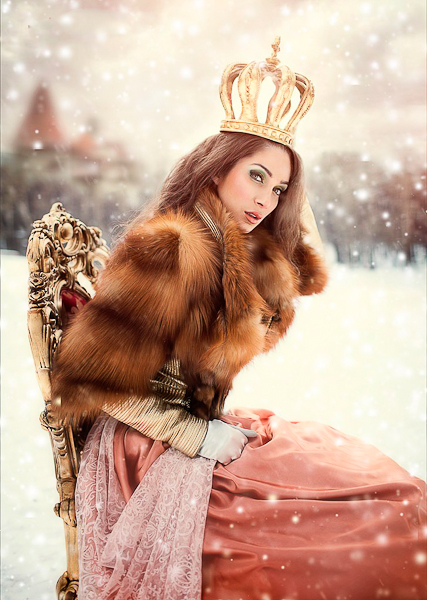The shell is a symbol in art: the blessed gift of the seas …
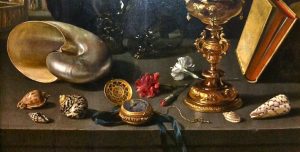 Shells, melancholy collected on the shore under the gentle splashing of the waves – the main souvenir, which is usually brought from the sea. Having become more mature, we appreciate not only the beautiful creations of mother nature, but also their embodiments in everyday life and art. Oh, how elegant porcelain is good, even if it is no longer Meissen, and what marvelous scenes in the pictures! And the shells there is not a simple detail.
Shells, melancholy collected on the shore under the gentle splashing of the waves – the main souvenir, which is usually brought from the sea. Having become more mature, we appreciate not only the beautiful creations of mother nature, but also their embodiments in everyday life and art. Oh, how elegant porcelain is good, even if it is no longer Meissen, and what marvelous scenes in the pictures! And the shells there is not a simple detail.
“Venerina” scallop Continue reading
Fountain as a symbol in art: Farewell, fountain of tears! Long live, source of joy!
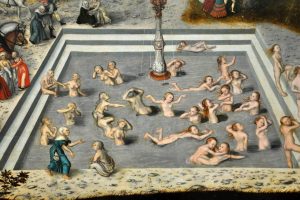 Fountains are not ugly. For the people of the Ancient world, the civilizations of the Mediterranean and Asia, this hydraulic device was vital. Both the poor and the rich equally needed water and everyone reached for the source … The artists did not cheat the decorated source with their attention and it took its place among the picturesque codes. Let’s try to decipher the secret signs of the past and their transformation. So, familiar to all the fountain, as a symbol in the painting.
Fountains are not ugly. For the people of the Ancient world, the civilizations of the Mediterranean and Asia, this hydraulic device was vital. Both the poor and the rich equally needed water and everyone reached for the source … The artists did not cheat the decorated source with their attention and it took its place among the picturesque codes. Let’s try to decipher the secret signs of the past and their transformation. So, familiar to all the fountain, as a symbol in the painting.
Strong vertical washstand Continue reading
Pleated fabric. Draperies as a symbol in art
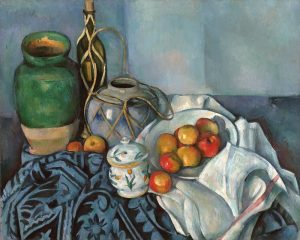 Folded fabric as a visual code accumulates a powerful expressive power. Since the beginnings of classical sculpture, drapery has been a powerful visual tool. In the Middle Ages, it appeared as a symbol of luxury and holiness. In our time, the fabric gathered in folds becomes a pure artistic element to which any representative interpretation can be applied.
Folded fabric as a visual code accumulates a powerful expressive power. Since the beginnings of classical sculpture, drapery has been a powerful visual tool. In the Middle Ages, it appeared as a symbol of luxury and holiness. In our time, the fabric gathered in folds becomes a pure artistic element to which any representative interpretation can be applied.
It is considered that drapery “elevates” any object and makes it more beautiful. Not only because it is beautiful in itself, but also because of a long tradition that has come down to us since ancient times, in the form of an endless series of works of art Continue reading
Rococo – gloss of the XVIII century
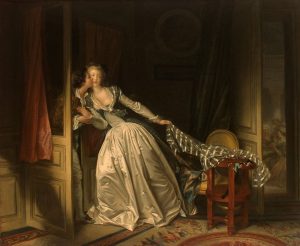 Rococo is called the most frivolous and thoughtless of all styles in art. Why then is rococo so significant for Russian visual culture? Why does the definition of the word “Rococo” sound so exotic for our ear – “rococar”? What is the main difference between rococo and baroque, which people of little knowledge often confuse? Finally, why is rococo the direct and immediate ancestor of modern glossy culture? All of this will be discussed below.
Rococo is called the most frivolous and thoughtless of all styles in art. Why then is rococo so significant for Russian visual culture? Why does the definition of the word “Rococo” sound so exotic for our ear – “rococar”? What is the main difference between rococo and baroque, which people of little knowledge often confuse? Finally, why is rococo the direct and immediate ancestor of modern glossy culture? All of this will be discussed below.
Rococo was born in France of the eighteenth century, although the name itself would legitimize only the next century, the nineteenth.
The style got its name from the French word rocaille – shell or sink. Since ancient times, artificial grottoes and bowls of fountains have been decorated with shells, and later, ornaments repeating the twisted, rounded outlines of sinks began to be actively used in the interior design. By the XVIII century, interest in them only grew. Continue reading
Classicism: antiquity as a standard
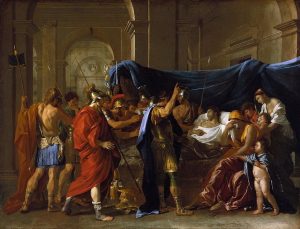 Classicism firmly established in the 17th century European art, having surrendered its position only in the first third of the next century. The classicists worshiped antiquity, piously believed in the idea of the order and logic of the universe, as well as in the limitless possibilities of the human mind.
Classicism firmly established in the 17th century European art, having surrendered its position only in the first third of the next century. The classicists worshiped antiquity, piously believed in the idea of the order and logic of the universe, as well as in the limitless possibilities of the human mind.
The time of occurrence, landmarks and artists of classicism
Classicism appeared and was formed in the XVII century. in France, the heyday of absolute monarchy and subsequently spread to Spain, Germany, England, the Netherlands, the USA and Russia, where it arose in the process of Europeanization under Catherine II, who introduced the fashion to everything French. Continue reading

